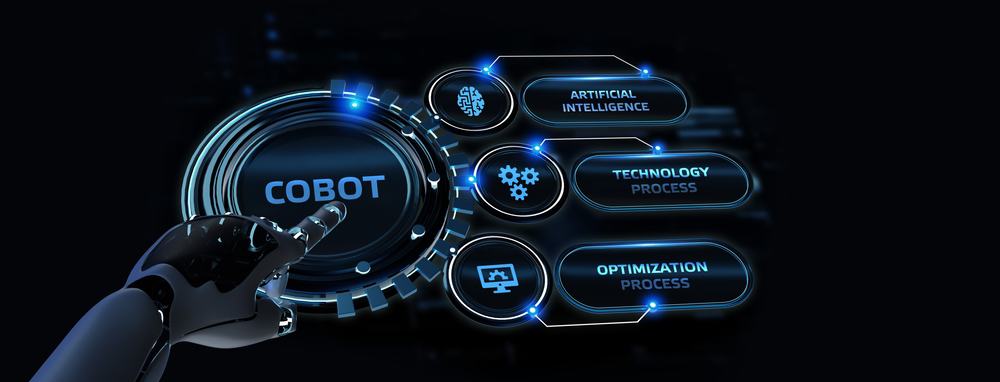
The introduction of automation and robotic technology has brought unimaginable benefits to manufacturing—from ergonomic safety for operators to heightened productivity. However, current automation are either completely independent or, alternatively, rely heavily on human intervention. However, if humans and robots could collaborate more effectively, manufacturers could further enhance performance and quality. Welding cobots—in conjunction with processes like automated orbital welding—mark a shift toward heightened collaboration between robots and humans where new levels of precision and productivity can be achieved.
Framework for Modern Welding Cobots
Welding cobots represent an advanced class of automation specifically designed to collaborate with operators performing a weld application. These cobots require little to no human intervention and can operate at the Tool Center Point (TCP) of 1.5m/s, which is much faster than what is possible manually. For a welding process that requires control, precision, and repetition, welding cobots offer an ideal option.
In addition to increased speed, welding cobots provide several benefits:
- Flexible and productive cobots can perform various welding activities (mostly in small batches) without downtime, allowing operators to focus on other specialized tasks.
- Cobots can repeatedly perform precise welds without deviation. This results in less material waste, less downtime, and increased cost-effectiveness.
- Because programming is simple and quick, rapidly deploying cobots for different welding tasks is possible without the hassle of extensive setup. Once programmed, cobots do not require re-setup for future welding of the same kind.
- Cobots are lightweight and compact; therefore, they do not take up large work cells like industrial welding robots.
In an industry that has evolved from orbital technology to modern-day cobots, welding cobot efficiency illustrates the industry’s continual search for productivity. Since its invention in the 1960s, orbital welding has taken over repetitive welding tasks and ensured productivity through automated control. This further evolved into the use of multi-axis orbital welding robots. But human monitoring has always been at the forefront of orbital welding, where operators take charge of setting weld parameters and monitoring remote or on-site to ensure weld quality.
While welding cobots can improve welding flexibility, efficiency, and safety, orbital welding processes likewise leverage new and improved technologies.
What’s New for Orbital Welding?
Advanced technologies are constantly being developed—including technologies like optical tools, advanced software, remote monitoring systems, and more reliable power supplies—to ensure that orbital welders create precise and accurate welds while ensuring operator safety.
- Inspection plays a significant role in ensuring a weld is free of defects. However, orbital welding hazards, such as fumes, radiations, and heat, can make it challenging for operators to inspect up close. With new and advanced optical systems, high-resolution weld evaluations filter out certain light frequencies and set up the focal length and viewing width, even when dealing with smaller diameter tubes and pipes.
- Offline robot programming software allows operators to simulate various types and configurations of welding robots. Programmers can operate in an offline and virtual environment while investigating errors through 3D simulation without removing the robots from the production line. This reduces downtime and improves the speed and cost-efficiency of the process.
- New and more reliable power supplies are programmable and allow parameter optimization and single and multi-pass weld scheduling. These features are supported by IoT and advanced data acquisition and analytics for data sharing and progress monitoring.
- Advanced monitoring systems allow operators to visualize the welding process remotely and make immediate optimization decisions. Consequently, operators maintain control of the process while avoiding hazards.
The Future of Welding Is Bright
Welding technologies aim to make the welding process as efficient as possible. From orbital welding to welding cobots, new and improved features provide safety for welders, automate laborious and repetitive tasks, and perform welds with precision, speed, and accuracy. As welding technologies continue to evolve, human and robot collaboration defines an important direction in welding innovation that is here to stay.
Arc Machines, Inc. a leading provider of automated welding technology, brings decades of orbital welding expertise to meet the productivity requirements of our clients. To learn more about our welding cobots and orbital welding technologies, contact AMI or sales@arcmachines.com. For service inquiries, contact service@arcmachines.com.




